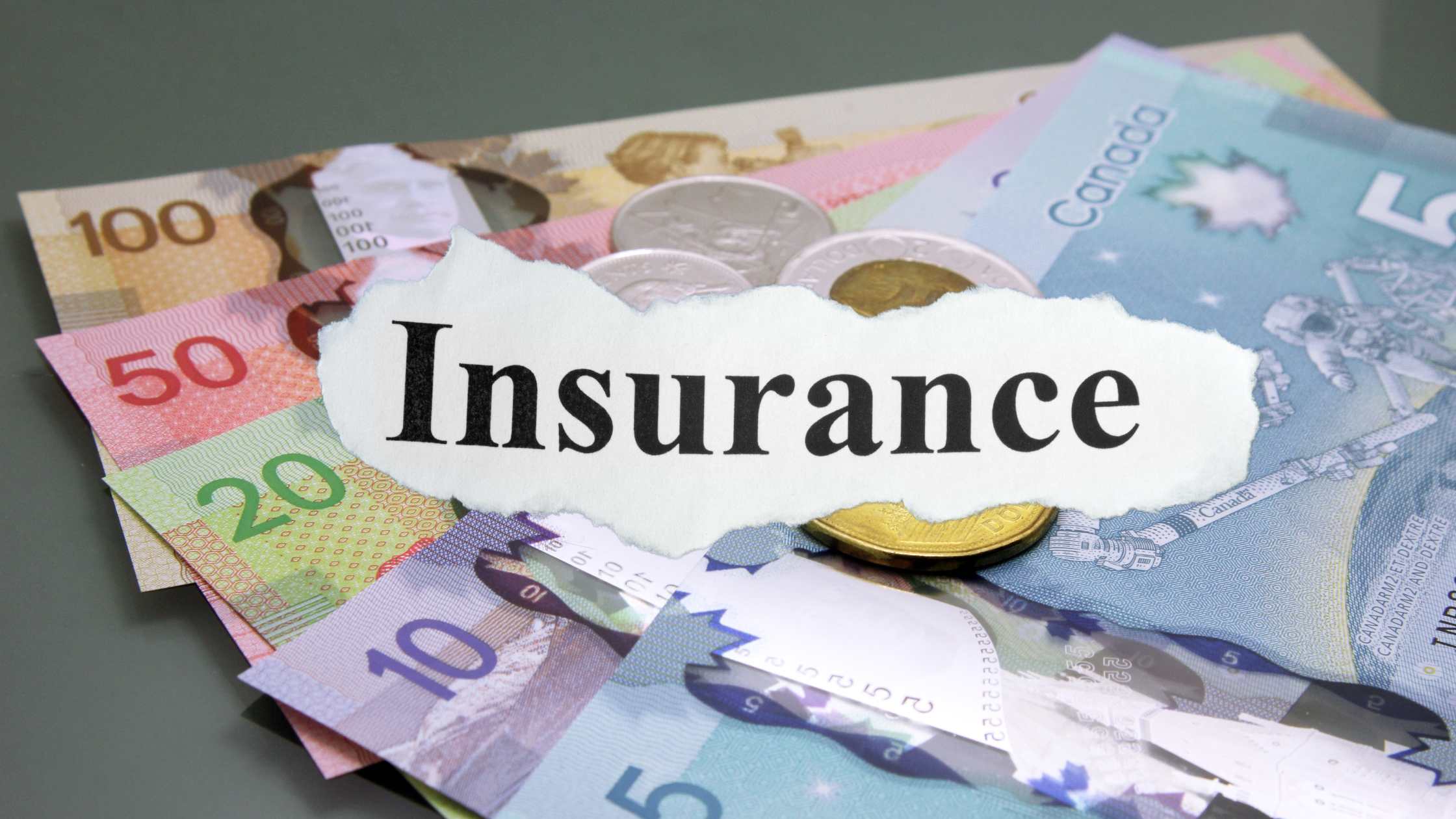Borrowing against your life insurance policy can be an attractive option when you need quick access to cash. However, understanding how soon you can do this and the implications of such a decision is crucial. This article delves into the specifics of borrowing against a life insurance policy, focusing on the timeframe, process, and key considerations to keep in mind.
How Does Borrowing Money Against Life Insurance Work?
Borrowing against your life insurance policy is a unique financial option available primarily with whole life or universal life insurance policies. Here’s a breakdown of how this process works in Canada:
Building Cash Value
As you pay premiums for your whole or universal life insurance policy, a portion of those payments contributes to building a cash value. This cash value grows at an interest rate determined by the policy’s terms.
Using Cash Value as Collateral
Once you have accumulated enough cash value, you have the option to borrow against it. This loan is not directly taken from your death benefit or cash value but is provided by the insurer, using your policy’s cash value as collateral.
Borrowing Process
- Application: Fill out a form with your insurer.
- Approval: The insurer assesses your policy’s cash value.
- Disbursement: Once approved, the loan amount is deposited into your account, typically within a few days.
How Soon Can I Borrow Against My Life Insurance Policy?
The ability to borrow against your life insurance policy depends on the accumulation of sufficient cash value. This timeframe can vary based on the policy’s terms, but generally, it takes at least a decade for enough cash value to build up.
Factors Influencing Cash Value Accumulation
- Policy Type: Whole life policies tend to build cash value more predictably than universal life policies, which are influenced by market conditions.
- Premium Payments: Higher premium payments can accelerate cash value growth.
- Interest Rates: The rate at which your cash value grows is determined by the policy’s interest rate.
What is the Interest Rate on a Life Insurance Loan?
Interest rates for life insurance loans vary depending on the insurer and the policy terms. Typically, these rates range between 5% and 8%. It’s important to understand whether your interest rate is fixed or variable, as this will impact the cost of borrowing.
How Much Can You Borrow Against Your Life Insurance Policy?
Most insurers allow you to borrow up to 90% of your policy’s cash value. The exact amount you can borrow will depend on your insurer’s guidelines and the accumulated cash value in your policy.
Do You Have to Pay Back Borrowed Money from Life Insurance?
Unlike traditional loans, repaying a life insurance loan is not mandatory. However, unpaid loans will continue to accrue interest. If the accumulated interest exceeds your policy’s cash value, it can lead to one of two outcomes:
- Reduction in Death Benefit: The insurer can deduct the remaining loan amount from the death benefit.
- Policy Lapse: If the loan and interest exceed the cash value, your policy could lapse, resulting in a loss of coverage.
Should You Borrow Against Your Life Insurance Policy?
Deciding whether to borrow against your life insurance policy depends on your financial situation and goals. Here are some key considerations:
Pros
- Quick Access to Cash: Life insurance loans are typically processed quickly.
- No Credit Check: Borrowing against your policy doesn’t affect your credit score.
- Flexible Repayment: There’s no set repayment schedule.
Cons
- Waiting Period: It takes years to build sufficient cash value.
- Risk of Losing Coverage: Failure to repay the loan can reduce your death benefit or cause your policy to lapse.
- Costly Policies: Whole and universal life insurance policies are more expensive than term life insurance.
Advantages of Borrowing Against Your Life Insurance Policy
Quick Access to Cash
Borrowing against your life insurance policy provides quick access to funds without the need for a lengthy approval process.
Doesn’t Affect Your Credit Score
Since the loan is secured by your policy’s cash value, no credit check is required, and your credit score remains unaffected.
Flexibility in Repayment
There is no fixed repayment schedule for life insurance loans, offering you flexibility. However, it’s advisable to repay the loan as soon as possible to avoid accumulating interest.
Disadvantages of Borrowing Against Your Policy
Waiting for Cash Value to Build
Building sufficient cash value to borrow against can take a considerable amount of time, often upwards of 10 years.
Risk of Losing Coverage
If the interest on your loan accumulates and exceeds your policy’s cash value, your coverage could lapse, or the death benefit could be significantly reduced.
Limited to Whole or Universal Life Policies
You can only borrow against whole or universal life insurance policies, which are more expensive than term policies and may not be suitable for everyone.
Why You Should Consider Term Life Insurance Instead
For many Canadians, term life insurance is a more cost-effective option. While it doesn’t offer the ability to borrow against the policy, the lower premiums allow you to save or invest the difference elsewhere.
Benefits of Term Life Insurance
- Lower Premiums: Term life insurance is significantly cheaper than whole life or universal life policies.
- Simplicity: Term policies are straightforward, covering you for a specific period without the complexities of cash value accumulation.
- Flexibility: You can invest the savings from lower premiums in other financial instruments like TFSAs or RRSPs.
Conclusion
Borrowing against your life insurance policy can provide quick access to cash, but it’s essential to understand the implications and ensure it aligns with your financial goals. Consider the pros and cons carefully, and consult a financial advisor to make an informed decision.
